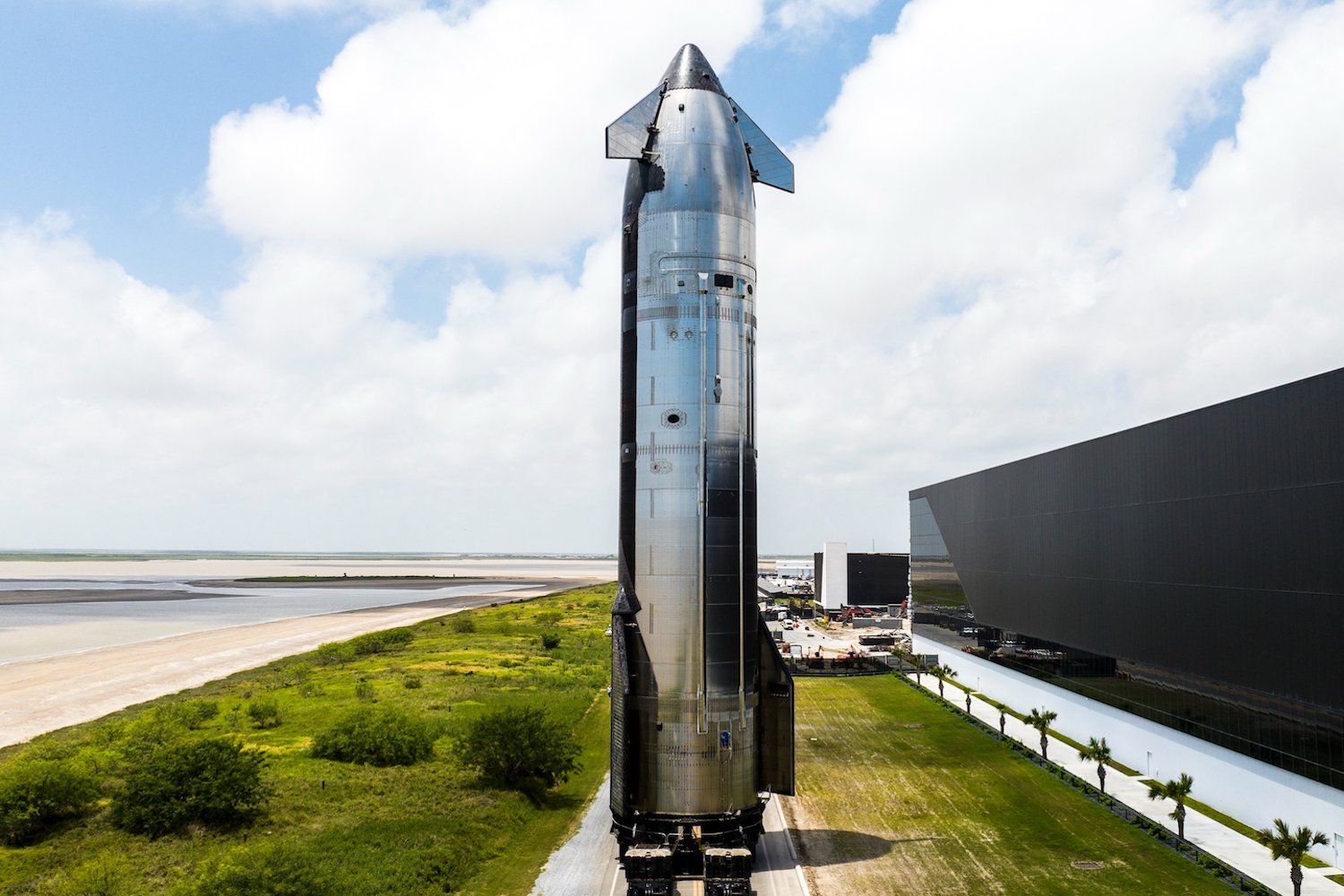UK-based Pulsar Fusion is making headlines with its Sunbird Migratory Transfer Vehicle, a revolutionary fusion rocket concept poised to drastically cut interplanetary travel times. Recently unveiled in a compelling video, the Pulsar Fusion Sunbird aims to halve the journey duration to Mars, heralding a new era for space exploration by leveraging nuclear fusion technology for unprecedented speeds and efficiency in deep space missions.
Sunbird: Redefining Space Travel with Unprecedented Speed and Reusability
The Pulsar Fusion Sunbird aims for 329,000 mph (over 529,000 km/h), potentially becoming the fastest self-propelled object. Its operational model features Sunbirds based on large orbital docking stations housing up to five units, per CEO Richard Dinan’s statement to maagx.com. This design fosters reusability for deep space missions.
As shown in concept videos, a Sunbird undocks, uses eight thrusters to attach to a larger spacecraft (like a SpaceX Starship), and propels it. This ‘space jet pack’ then detaches, ready for new assignments ferrying spacecraft across the solar system.
The Powerhouse: Dual Direct Fusion Drive (DDFD) Technology
At the heart of the Sunbird’s incredible velocity is its proposed Dual Direct Fusion Drive (DDFD) engine. Pulsar Fusion claims this engine will harness the power of nuclear fusion, the same atomic process that fuels the Sun and stars. In principle, such a fusion drive could generate vastly more energy per unit of fuel than any current propulsion system. The company projects its DDFD engines will achieve exhaust speeds around 310 miles per second (500 kilometers per second), enabling rapid interplanetary transit.
Ambitious Roadmap: From Concept to Cosmic Reality
While the DDFD technology holds immense promise, it faces a significant development journey. Pulsar Fusion aims to demonstrate components of its power system later this year, with in-orbit testing and the ambitious goal of achieving nuclear fusion in space targeted for 2027. Launching the world’s first fusion rocket within such a timeframe is a considerable challenge. However, the company is buoyed by growing global interest in fusion-based propulsion, especially as the U.S. and other spacefaring nations pursue aggressive timelines for missions to the Moon and Mars, creating a demand for advanced rocket propulsion systems.
Sunbird’s Versatile Mission Profile and Economic Projections
Sunbirds are envisioned for rapid cargo delivery, capable of transporting 2,200 to 4,400 pounds (1,000 to 2,000 kilograms) of commercial payloads—like habitats, rovers, or supplies—to Mars in under six months, as detailed on Pulsar Fusion’s website.
Beyond Mars logistics, potential applications include deploying probes throughout the solar system, supporting asteroid mining ventures, and ferrying telescopes to deep space, according to a report by Payload. Richard Dinan stated each Sunbird unit is estimated to cost around $70 million. He anticipates this significant investment will be offset by “substantial” returns, with customers potentially recouping costs within one to two years through active service in orbital logistics, science missions, or infrastructure deployment.
Charting a New Frontier in Space Exploration
The realization of Pulsar Fusion’s Sunbird hinges on the rapid advancement of its DDFD technology and successful in-orbit demonstrations. If this pioneering UK space tech company can overcome the hurdles and launch its fusion rockets, it could dramatically shrink our cosmic neighborhood, ushering in an exciting new chapter of deep space exploration. The journey to make this vision a reality will be closely watched by the global space community.











